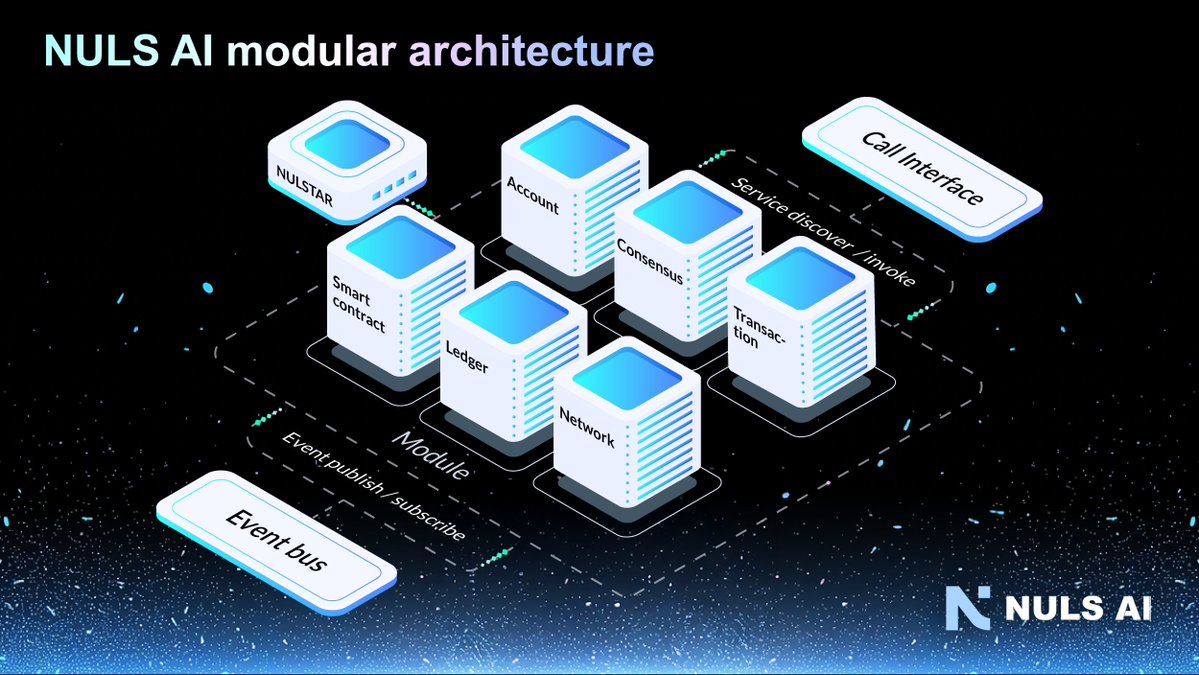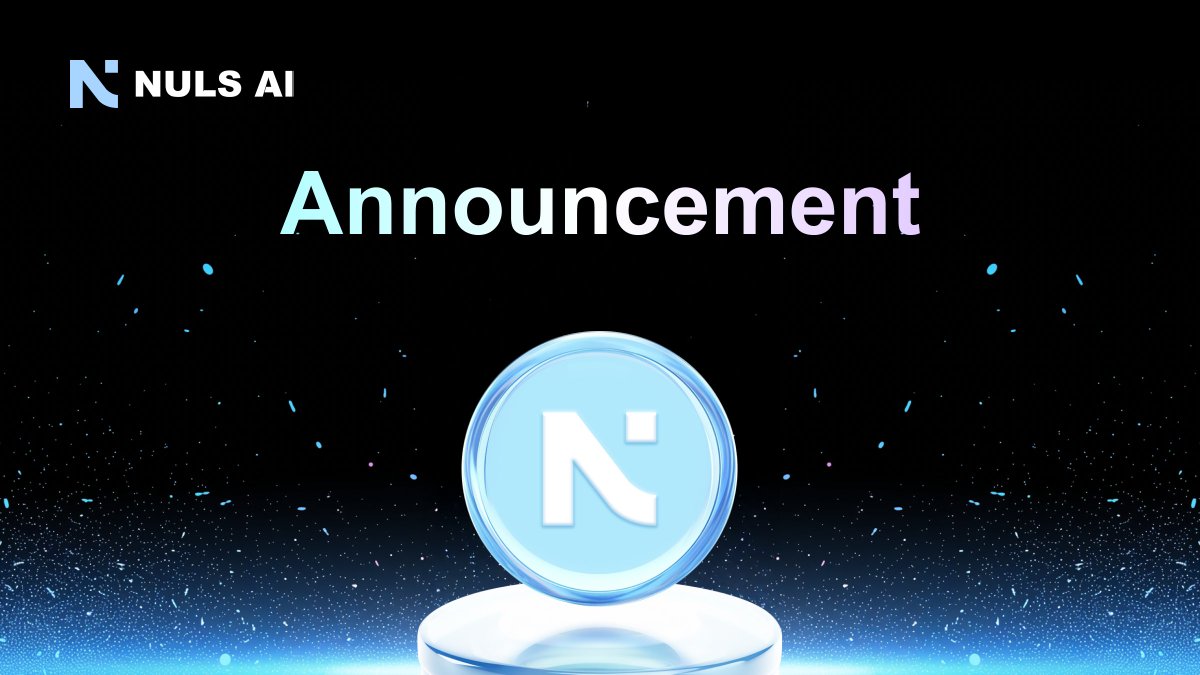
Preço de NULS

Aviso legal
A OKX não fornece recomendações de investimentos ou de ativos. Deve ponderar cuidadosamente se fazer trading ou deter ativos digitais é o mais adequado para si, tendo em conta a sua situação financeira. Informe-se junto do seu consultor jurídico/fiscal/de investimentos para esclarecer questões relativas às suas circunstâncias específicas. Para obter mais detalhes, consulte os nossos Termos de Utilização e o Aviso de Risco. Ao utilizar o site de terceiros ("TPW"), aceita que qualquer utilização do TPW está sujeita e será regida pelos termos do TPW. Salvo indicação expressa por escrito, a OKX e os seus afiliados ("OKX") não estão, de forma alguma, associados ao proprietário ou operador do TPW. Concorda que a OKX não é responsável nem imputável por quaisquer perdas, danos e outras consequências que advenham da sua utilização do TPW. Tenha presente que utilizar um TPW poderá resultar na perda ou diminuição dos seus ativos. O produto poderá não estar disponível em todas as jurisdições.
Informações do mercado de NULS
Capitalização do mercado = Oferta em circulação × Último preço

Feed de NULS







Calculadora de NULS


Desempenho do preço de NULS em USD
Conversões de NULS populares
| 1 NULS em USD | 0,047950 $ |
| 1 NULS em EUR | 0,042269 € |
| 1 NULS em PHP | 2,6571 ₱ |
| 1 NULS em IDR | 786,97 Rp |
| 1 NULS em GBP | 0,035872 £ |
| 1 NULS em CAD | 0,066056 $ |
| 1 NULS em AED | 0,17612 AED |
| 1 NULS em VND | 1245,13 ₫ |
Sobre NULS (NULS)
- Site oficial
- Documento técnico
- Github
- Explorador de blocos
Perguntas frequentes sobre NULS
Nuls (NULS) é uma plataforma blockchain de código aberto que fornece aos desenvolvedores uma infraestrutura modular para criar aplicativos descentralizados personalizados (DApps). O design modular da plataforma aumenta a flexibilidade e simplifica a adoção da tecnologia blockchain, permitindo que os desenvolvedores se concentrem na criação de aplicativos inovadores sem a necessidade de começar do zero.
Os tokens NULS oferecem vários benefícios dentro do ecossistema NULS. Como o combustível que alimenta a rede, eles fornecem acesso a uma ampla variedade de recursos e serviços da plataforma. Ao apostar em tokens NULS, os detentores podem obter renda passiva enquanto contribuem ativamente para a segurança e a estabilidade da rede. Além disso, os tokens NULS têm utilidade dentro do ecossistema, permitindo que os detentores participem de votações, mecanismos de consenso e acesso a soluções inovadoras de blockchain.
Compre tokens NULS facilmente na plataforma de criptomoedas da OKX. Os pares de trading disponíveis no terminal de trading à vista da OKX incluemNULS/USDT.
Faça swap das suas criptomoedas existentes, incluindoBitcoin (BTC),ETH,Tether (USDT), eMoeda USD (USDC), para NULS sem taxas e sem desvio de preço através da utilização deOKX Converter.
Divulgação ASG
Calculadora de NULS















Redes sociais